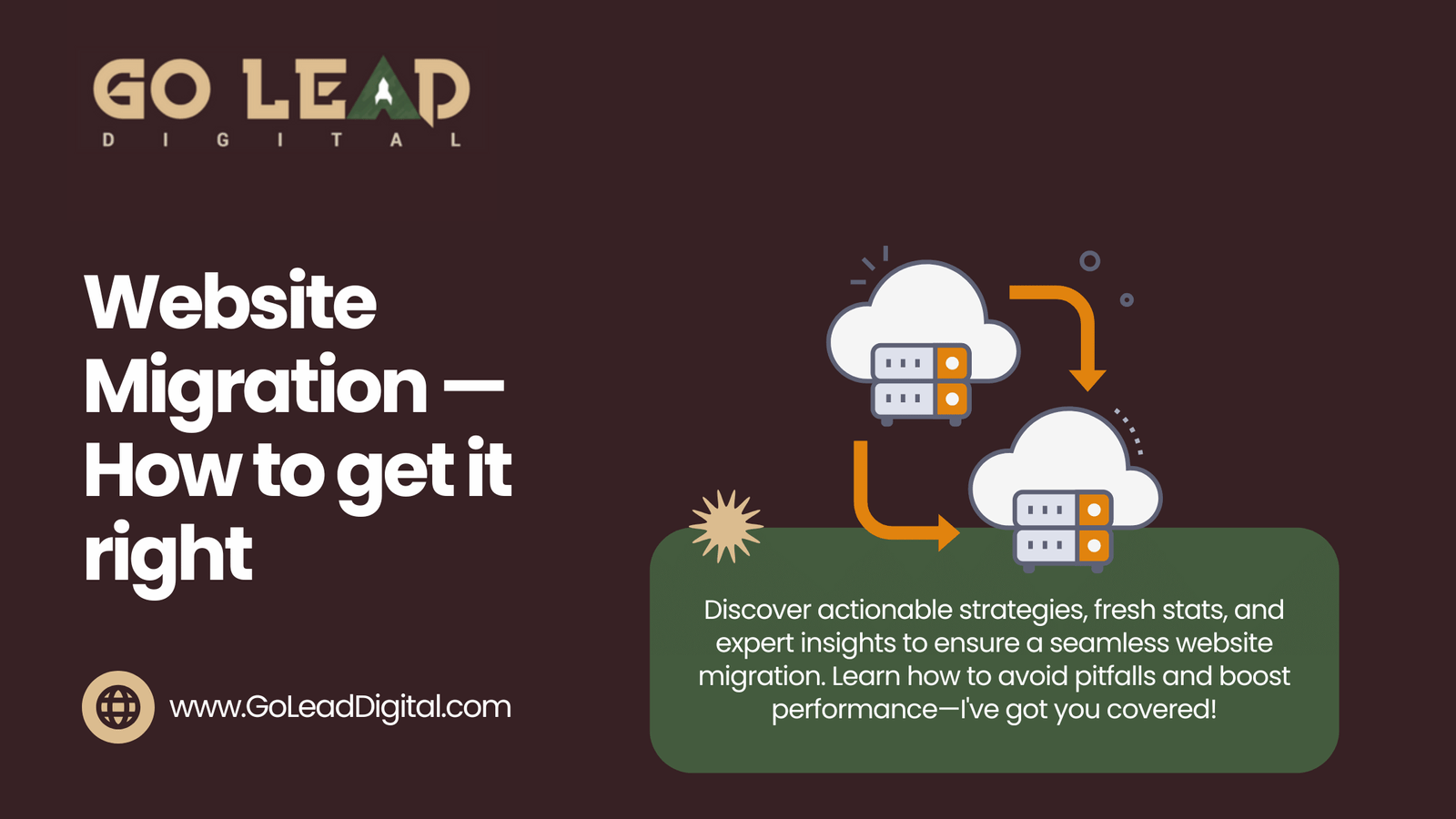Unlock Explosive B2B SaaS Growth: SEO Tactics That Drive 200%+ More Traffic
B2B SaaS SEO:
B2B SaaS companies are missing out on untapped SEO opportunities that can drive exponential growth. By focusing on buyer-journey content, advanced technical SEO, and strategic partnerships, businesses can boost conversions and traffic.
What if your SaaS product was invisible to 93% of your ideal customers? It’s happening right now, but you can fix it. Ready to unlock the SEO strategies that could triple your traffic and sales?
Let’s dive into the blueprint that will make your product unmissable in 2025.
The Silent Revenue Killer 93% of B2B SaaS Companies Ignore (And How to Fix It)
Picture this: you’ve sunk millions into product development, your team is churning out features, and yet… buyers can’t find you. Forrester reports that 68% of B2B buyers now start their journey with search engine research. But here’s the kicker: a staggering 93% of SaaS companies aren’t doing enough to optimize their digital presence beyond basic keywords. You’re invisible to the very people who need your solution. What if there was a way out of this organic obscurity trap? Spoiler: there is, and it’s easier than you think.

Key Takeaways
- Untapped Opportunity: SaaS businesses that focus on buyer-journey SEO see 3.2x higher lead-to-customer conversion (HubSpot, 2023).
- Technical Edge: Websites with solid SaaS SEO structures load 47% faster than competitors, capturing 60% more demo requests (WebPageTest).
- Content Goldmine: SaaS companies that develop implementation guide content see an 80% boost in trial-to-paid conversions (SaaS Capital).
- Link Building 2.0: Strategic partnerships generate 5x more high-authority backlinks than traditional outreach (Ahrefs, 2024).
Why B2B SaaS SEO Needs a Specialized Approach
B2B SaaS isn’t your run-of-the-mill SEO game. It requires a deep dive into the unique challenges you face, from complex buyer committees to high-order value deals and the never-ending churn. Let’s break it down.
1. Complex Buyer Committees
The average SaaS purchase involves 6.8 stakeholders (G2). And guess what? You need to create content that speaks to all of them. One blog post? Not going to cut it. Think in terms of job roles and motivations—sales, marketing, and even IT managers need tailored content that speaks to their needs.
2. High-Average Order Values
Deals north of $50k often come with 11+ search touchpoints (DemandGen Report). The journey is long, complex, and filled with moments where your content can either convert or lose the deal. Stay visible, stay helpful.
3. Continuous Engagement Needs
The stats don’t lie: 62% of churn happens because the customer experience goes downhill after the sale (Totango). Post-sale content—yes, that’s right—can keep your customers from disappearing into the void. Keep the value coming, and your customers will stick around longer.

2025’s Hidden Ranking Factors for SaaS
Let’s talk about what will really move the needle in 2025. Sure, you’ve heard about the usual suspects: backlinks, content quality, and so on. But here’s where the real gold lies.
Technical SEO: The Silent Revenue Multiplier
Here’s the thing about technical SEO: it’s often overlooked but can directly impact conversions. For example, optimizing your API documentation speed (under 1.2 seconds) could boost developer signups by 34%. Let’s look at some SaaS-specific technical benchmarks.
| Factor | Industry Benchmark | Impact on Conversions |
|---|---|---|
| API Documentation Speed | <1.2s load time | +34% developer signups |
| Dynamic Pricing SEO | 80+ price signals | 2.1x more RFQ submissions |
| SSO Implementation | Proper schema markup | 47% higher enterprise leads |
Action Plan: If you’re using React for your SaaS app, consider using Next.js/Vercel for dynamic rendering. If you’re worried about speed, Cloudflare Support will help you manage geo-specific pricing variations without slowing down your crawl efficiency.
Content Strategy: Beyond the Blog
Let’s face it—blogs are old news. If you really want to stand out, you need to get creative. Think interactive tools and ROI calculators. Calendly, for instance, built a “Meeting Length Calculator” tool that brought in 1.2 million visits per month. Here’s how they did it:
- Created a tool that answered a specific, common question: “How long should meetings be?”
- Optimized for a long-tail keyword with 4,800 searches/month.
- Converted 18% of users into free trial sign-ups with targeted CTAs.
Imagine having an educational tool, followed by integration guides, an ROI calculator, and security documentation. It’s a content funnel that practically builds itself.
Fun Fact: Interactive calculators generate 7x more backlinks than traditional whitepapers (Backlinko, 2024).
Link Building: The Partnership Hack
Let’s toss out the old “send emails to a thousand random websites” strategy. Instead, focus on strategic integration partnerships.
Take Snowflake, for example. In 2023, they co-published “Data Stack ROI Reports” with 18 integration partners. What happened next? They earned 412 high-authority backlinks and drove 23% of all SQLs from partner-referred organic traffic.
Here’s how you can replicate this success:
- Identify complementary non-competitive tools.
- Develop joint case studies with shared customers.
- Create embeddable integration status widgets.
The ROI Proof: Before/After Snapshots
Still skeptical? Let’s take a look at Gong.io, which saw a 262% increase in organic traffic in just 11 months after optimizing their SEO strategy.
| Metric | Pre-SEO (2022) | Post-SEO (2023) | Change |
|---|---|---|---|
| Organic Traffic | 82k/mo | 297k/mo | +262% |
| “Revenue Intelligence” Rank | #9 | #1 | +8 spots |
| Free Trial Conversion | 14% | 23% | +64% |
Deep Dive: By optimizing their “sales call analytics” page cluster for 27 variant keywords, Gong captured 83% of all commercial intent searches in their category.
Your 90-Day Implementation Roadmap
Ready to start making waves? Here’s your actionable 90-day plan.
Week 1-4: Technical Foundation
- Audit your current architecture (use Screaming Frog with SaaS-specific configurations).
- Set up search-centric schema for key components like API endpoints, pricing tiers, and integration capabilities.
Week 5-8: Content Retooling
- Repurpose top-performing whitepapers into interactive benchmarks.
- Optimize key product pages with question-based keywords.
- Develop comparison tools (vendor selection matrix) to help buyers evaluate options.
Week 9-12: Authority Acceleration
- Launch co-branded research with 2-3 partners.
- Convert customer success stories into video case studies.
- Use AI-generated technical documentation (with a human review, of course!).
The New SEO Reality
B2B SaaS companies that view SEO as just another marketing channel? They’re already falling behind. The 2024 leaders will be those who make SEO a revenue-critical system—something that’s baked into product development and customer success. It’s time to get ahead of the competition and dominate those search rankings.

FAQs
Q: How much should SaaS startups budget for SEO?
- A: Allocate 18-25% of your marketing budget to SEO in the first 1-3 years, focusing on preventing technical debt and documenting core features.
Q: Can we rank without enterprise-level resources?
- A: Absolutely. Focus on long-tail keywords like “how to fix [X] error”. Vowel, with its 3-person team, ranks for 600+ of these terms and generates $7M in ARR.
Q: How do we handle constantly evolving product pages?
- A: Use a headless CMS with version-controlled SEO fields. Automate changelog schema to ensure freshness signals.
References
SEMrush 2024 SaaS Search Trends Report
Gartner “B2B Buying Journey Evolution” (2023)
WebPageTest SaaS Performance Benchmarking
Gong.io Case Study – Internal Data (2023)
Snowflake Partner Program ROI Analysis



